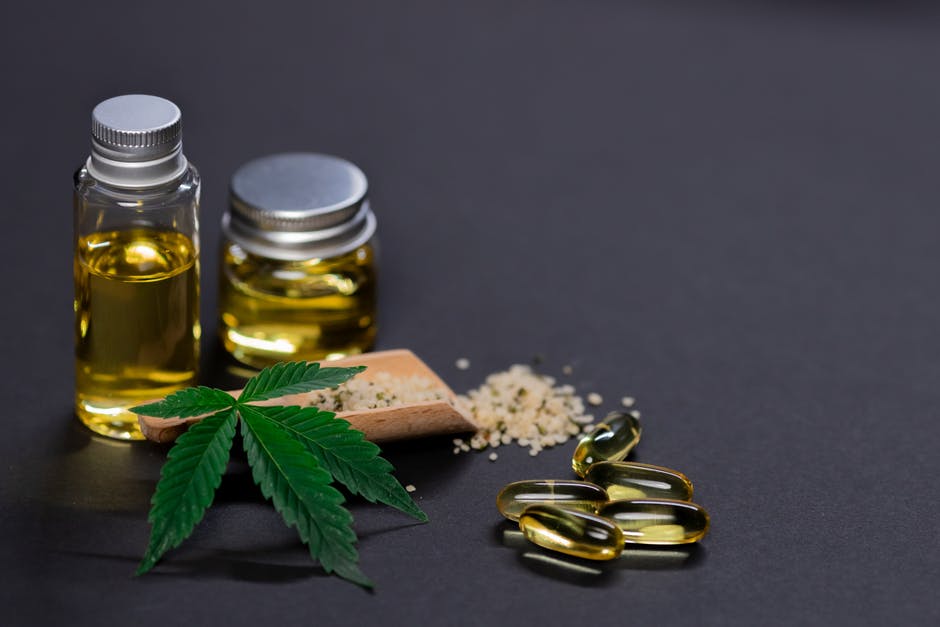The cultural shift in favor of medical marijuana is helping the herb reclaim its original roots.

Cannabis has been cultivated since 500 B.C. for therapeutic purposes. Widespread recreational use is a 20-century phenomenon that gained wider attention from strict marijuana laws.
Today, views toward marijuana have relaxed, allowing consumers to access more holistic products for pain, anxiety, PTSD, and more conditions.
The cannabis market is also responding to a new wave of consumer demographics. Consumers who aren’t recreational buyers want more options, like palatable edibles, teas, and THC capsules.
Even better, consumers don’t have to get high to experience the therapeutic effects of cannabis. Plus, buyers can purchase CBD oil which doesn’t produce any intoxicating effects.
Let’s continue to unravel the mystery behind weed capsules.
What Are THC Capsules?
Technically, the first THC capsule was invented in 1970, a synthetic THC drug called Marinol. This drug primarily treats nausea in chemotherapy patients.
However, when consumers think of THC capsules, they typically refer to cannabis or CBD supplements, not synthetic prescription drugs.
The substance inside weed capsules is extracted from natural cannabis and mixed with oil. Since THC isn’t a water-soluble chemical, your body needs oil to absorb it properly.
If you want to experience psychoactive effects, ensure you’re buying THC pills and not CBD capsules. CBD is extracted from cannabinoids that don’t have THC.
How Are Cannabis Capsules Made?
Weed pill manufacturers produce refined extracts and mix them in medium-chain triglycerides oils.
MCT oils help your body absorb THC faster, but they also aid in digestion. While cannabis pills are supposed to suppress nausea, some buyers have experienced digestion issues.
THC pills are formulated to target specific concerns too. For example, Harvest HOC features weed capsules for relaxation and balance.
You can also make your own weed pills at home!
Homemade THC Pills
Instead of using MCT oil, mix homemade extract and coconut oil to improve absorption and digestion.
There are several THC capsule recipes online, but most require the following base essentials:
- A slow cooker (some require ovens)
- Capsule filling tool
- Large saucepan with a lid (or cooking pot)
- Empty size 00 gelatin-based capsules (or a vegan alternative)
- Baking trays with parchment paper
- Mixing bowls and utensils
- Cheesecloth for cannabis oil straining
Infused cannabis oil produces more potent effects than capsules filled with ground weed and vegetable oil.
If you’re want to feel psychoactive effects, you have to decarb your cannabis first. This process turns THCA into THC.
Typically, decarboxylating occurs as weed dries. However, this method takes a while.
Instead, you can heat or vaporize your cannabis. Start by heating the weed for 45 minutes at 220 degrees. If you don’t want to get high, don’t decarb the cannabis.
You can still consume THCA to help with wellness needs.
Discover the Right Capsules for You
Take your time to choose the right weed pill for your needs.
Are you buying or making THC capsules for nausea, relaxation, anxiety, or pain?
Research different strains, DIY methods, and oils for enhancing weed capsules. Talk to your doctor or integrative health practitioner for more suggestions.
The blog is also packed with ideas and inspiration!
Leave a Reply